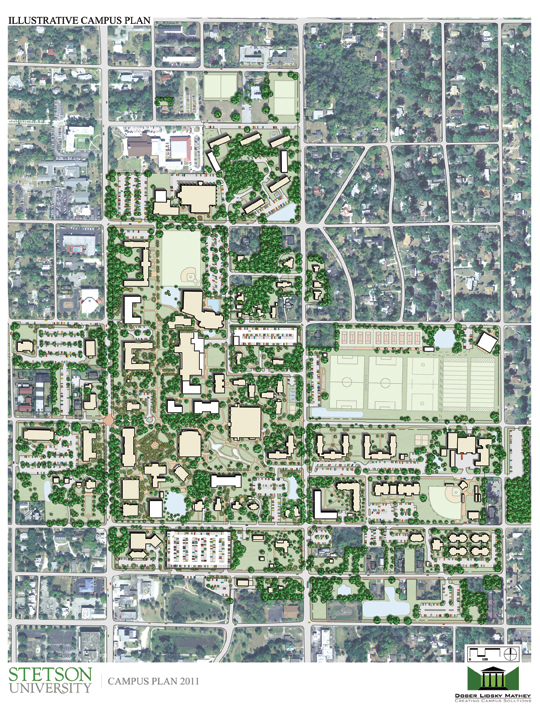|
Colleges and universities are a complex web of interdependent and interrelated programs, departments, individuals and communities of students, faculty, staff, and administrators all centered to some extent on the institutional mission. At the core is knowledge – learning it, creating it, sharing it, transferring it, transforming it, and storing it.
One definition of vision comes from Bert Nanus, Professor Emeritus of Management at the University of Southern California. Nanus defines vision as a realistic, credible, attractive future for an organization. Planning starts with a vision for the Planning, then, is a deliberate process to realize the vision. To be effective, comprehensive planning must weave academic, financial, and student life planning together with campus and facility planning. Of all these interwoven plans, it is the academic plan that is fundamental. All other plans within a college or university should be designed to accomplish the academic plan and thus the vision. All college and university planning, whether for the entire campus or a single building, has the same constituent elements or steps. The more collegial the process (which it should be), the greater the participation of faculty, staff, students, and administrators, the more positive the outcome – and the longer the timeframe for developing the plan. Genuine participation, however, is essential for building consensus. Coincident with the development of an academic plan, the institution should prepare an assessment of the current situation. A Strengths, Weaknesses, Opportunities, and Threats (SWOT) analysis is common during this step. So too is an audit and assessment of the existing buildings, campus, infrastructure, and environs and an analysis of the degree to which spaces, buildings, and environs support current programs and planned changes in learning, teaching, and research. At the same time, financial resources should be assessed in terms of such factors as operating costs, existing and planned capital costs, and deferred maintenance. Benchmarking is a useful tool at this point. Comparisons to real and aspirational peer institutions is valuable data for decision making and for guiding planning discussions. The academic plan becomes the embodiment of the institutional vision. The assessment of campus, facilities, infrastructure, and financial resources describes the current situation of the college or university. The next step in the planning process is to define the programmatic, financial, staffing, and facilities required to achieve the institutional vision. Essentially, this is a description of needs – prioritized needs.
The plan is then documented for fund-raising and for implementation. It all starts with a vision and several fundamental questions: what do you want your students to know and be able to do? How do you want them to learn?
|
|||||||
|
||||||||
© Copyright 2012
|
||||||||

